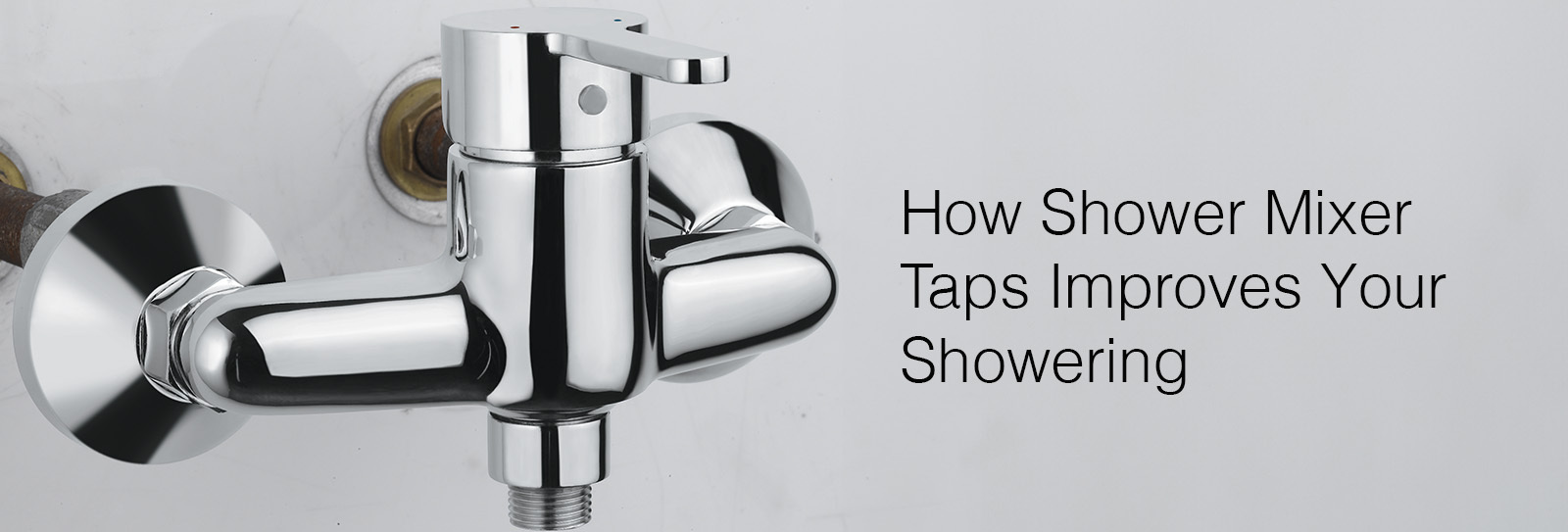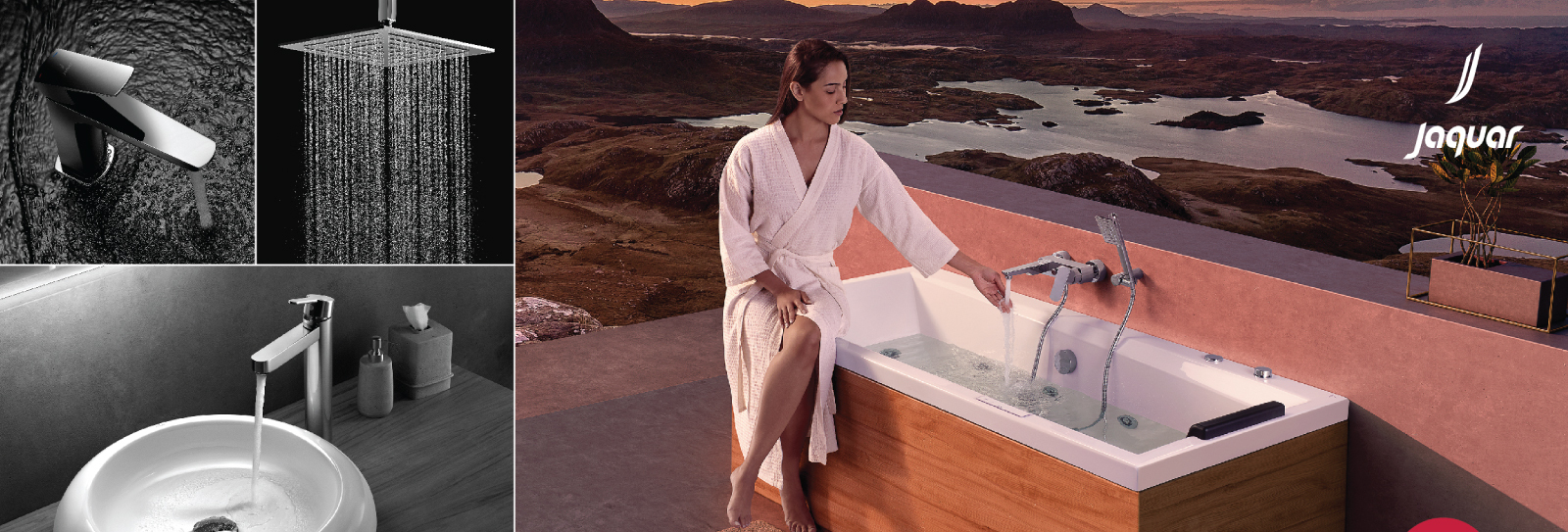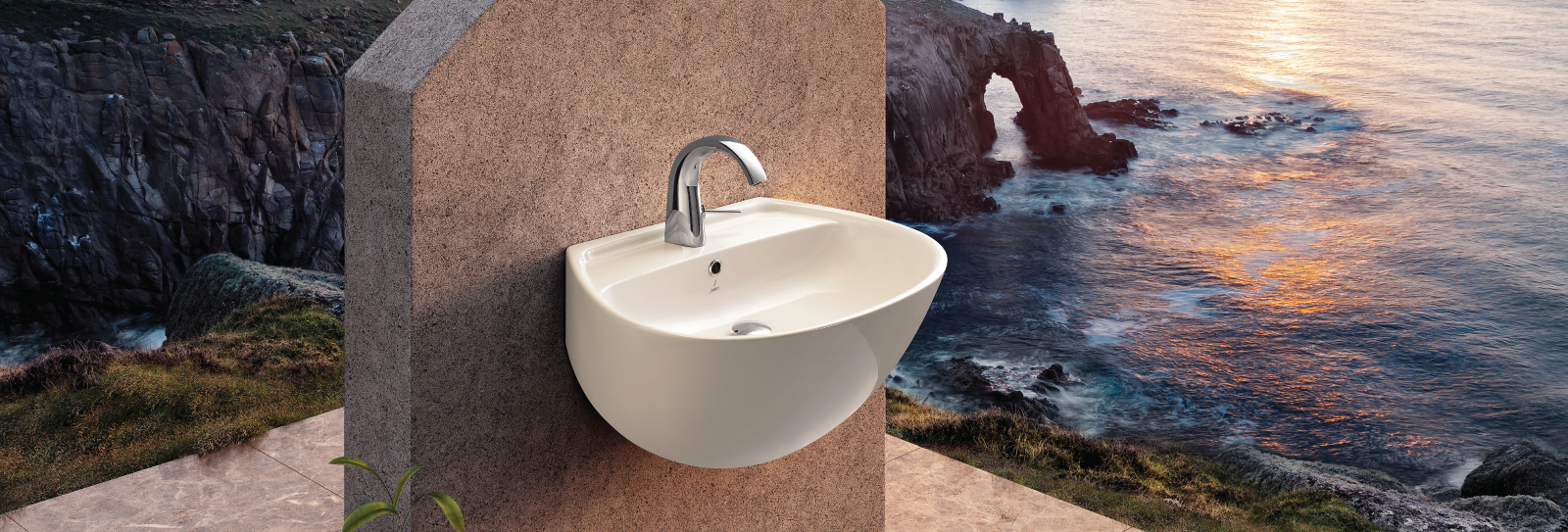5 Tips To Increase Water Pressure In Your Bathroom Shower

Table of Contents
It’s Monday morning—the kind where just rolling out of bed feels like an achievement. You’re still in a haze, barely able to move when you suddenly remember: today’s the big meeting. You need to be sharp, fresh, and presentable. With a surge of motivation, you drag yourself to the shower, hoping for a burst of energy to kickstart your day. But just as you're about to let the water work its magic, your shower decides to have its own case of Monday blues. Instead of the powerful cascade you're counting on, you’re met with a sad, lazy drip. It’s a moment scarier than an electricity cut right after watching Annabelle. To avoid ever facing such disasters again, it’s time to know how to boost water pressure in the shower and save your mornings from turning into nightmare scenarios like this.
Let’s dive into five practical, no-nonsense solutions to bring the power back to your shower and ensure you start every day with the pressure and energy you need.
Tips To Increase Water Pressure In Shower
#1 - Clean or Replace Your Showerhead
One of the simplest ways to improve low water pressure in the shower is by cleaning or replacing the showerhead. Over time, mineral deposits, especially in hard water areas, can build up and clog the tiny holes in your showerhead, restricting water flow. Regularly cleaning the showerhead or investing in shower heads for low water pressure can make a significant difference. Look for models designed to boost water flow, even in homes with low water pressure, such as Jaquar’s water-efficient showerheads, which are crafted for optimal performance.
#2 - Check Your Shower Valve
The shower plumbing system includes a valve that controls water flow. Over time, these valves can wear out or be incorrectly set, leading to reduced water pressure. Adjusting or replacing the shower valve could be the key to how to improve water pressure in the shower. If your valve is old, upgrading to a more advanced option, such as Jaquar’s thermostatic valves, could also provide more consistent pressure and temperature control, ensuring a luxurious showering experience.
#3 - Address Plumbing Issues
Plumbing problems are another common cause of low water pressure in the shower. If your home’s pipes are old, they may be corroded or partially blocked, which can reduce water flow. Additionally, smaller pipes may not provide enough water volume to maintain strong pressure. Consult a plumber to inspect your pipes and determine if replacements are necessary. Jaquar offers a comprehensive range of shower plumbing products designed to integrate seamlessly with existing systems, improving water flow and ensuring a consistent shower experience.
#4 - Install a Shower Pump
If cleaning the showerhead and adjusting the valve doesn’t solve the issue, you might consider installing a shower pump. A pump boosts water pressure by increasing the flow rate to your shower. This is especially useful if you live in a home with low mains pressure. While the initial investment may be higher, the long-term benefits are substantial, offering a much-improved shower experience. Jaquar’s range of innovative products, including pumps, ensures that your shower offers the right pressure and flow, even in low-pressure areas.
#5 - Ensure Consistent Water Pressure Throughout the House
Low water pressure often occurs when multiple taps or appliances are running simultaneously. To prevent your shower from losing pressure, try to stagger the use of water-using appliances such as dishwashers or washing machines. Installing a pressure-balancing valve can also help maintain steady pressure by compensating for fluctuations in water flow. Jaquar’s advanced plumbing solutions, combined with their expertise in water-saving technology, ensure that your home maintains optimal pressure even during peak usage times.
Jaquar, a global leader in bathware solutions, is committed to luxury and innovation, Our faucets and shower plumbing systems come with a solid warranty, typically lasting up to 10 years, ensuring long-term reliability. By choosing Jaquar, you’re not only boosting your water pressure but also investing in a high-performance bathroom experience that lasts.
Now, by following these tips and choosing the right products, you know how to increase water pressure in the shower and elevate your overall bathroom experience. With Jaquar’s innovative solutions, achieving a spa-like shower experience has never been easier.
FAQs:
Q1. Is increasing water pressure in a shower expensive?
A. It depends on the solution. Simple fixes like cleaning or replacing a showerhead are affordable, but installing a shower pump can be more costly.
Q2. What is the ideal water pressure for a comfortable shower experience?
A. For a comfortable shower, the ideal pressure is typically between 45-55 psi. This ensures a steady and refreshing water flow.
Q3. Why does a shower lose pressure when other taps are running?
A. This occurs because water is split between different outlets, reducing the flow to the shower. A pressure-balancing valve can help maintain consistent pressure.
Q4. Can hard water cause low water pressure in a shower?
A. Yes, hard water causes mineral buildup, clogging the showerhead and reducing water flow. Regular cleaning or using a showerhead designed for hard water can help.
Q5. How does the size of my pipes affect water pressure in the shower?
A. Smaller or old pipes can restrict water flow, leading to low water pressure. Upgrading to larger pipes can improve the pressure.








